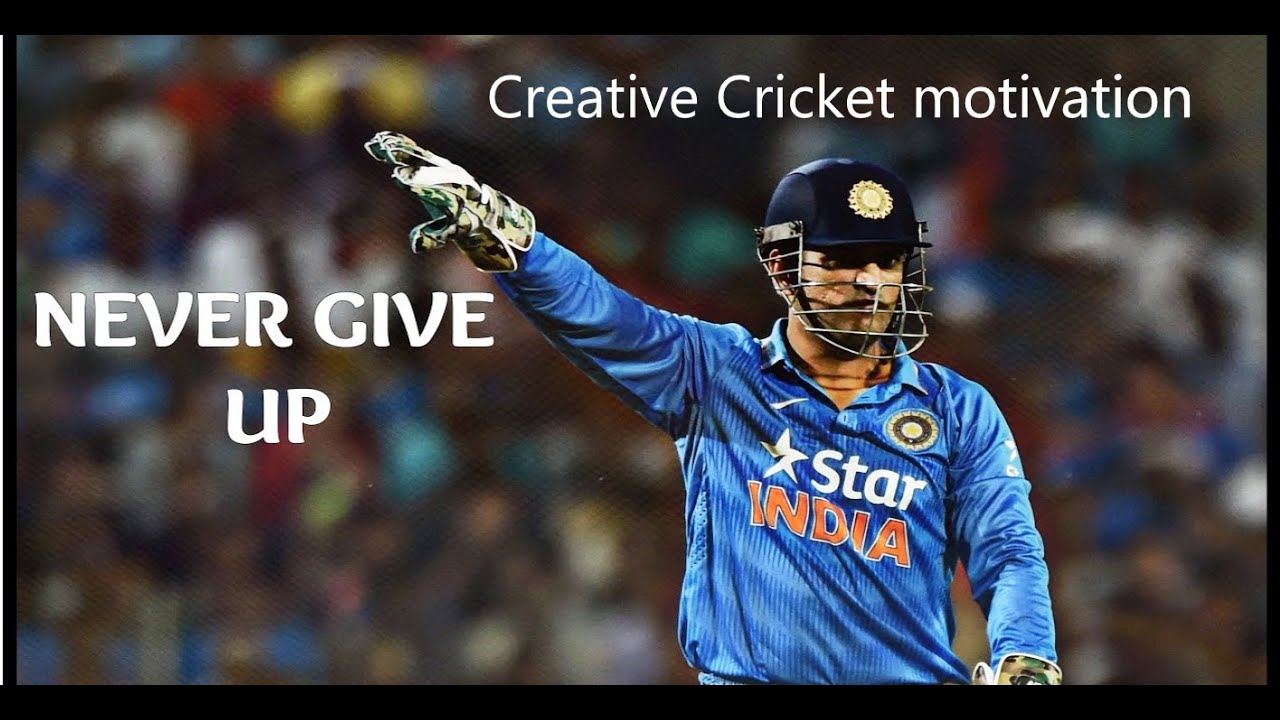Introduction
Cricket, like any other sport, requires a high level of motivation to succeed. Motivation is the driving force that pushes players to train harder, perform better, and overcome obstacles. However, maintaining motivation can be a challenge, especially during periods of failure, injury, or burnout. In this article, we’ll explore the importance of motivation in cricket and provide tips and strategies for staying motivated and achieving success in the game.
Understanding Motivation
Motivation is a complex and multifaceted concept that can be intrinsic or extrinsic. Intrinsic motivation comes from within, driven by personal goals, values, and desires. Extrinsic motivation, on the other hand, is driven by external factors such as rewards, recognition, and social pressure. In cricket, both types of motivation are essential for success.
Importance of Motivation in Cricket
Motivation plays a crucial role in cricket, as it:
- Enhances performance: Motivation drives players to train harder, push themselves to their limits, and perform at their best.
- Overcomes obstacles: Motivation helps players bounce back from injuries, failures, and setbacks, and stay focused on their goals.
- Builds resilience: Motivation develops mental toughness and resilience, enabling players to cope with pressure, stress, and adversity.
- Fosters teamwork: Motivation promotes a sense of unity and purpose among team members, leading to better communication, coordination, and collective success.
Tips for Staying Motivated in Cricket
- Set clear goals: Establish specific, measurable, achievable, relevant, and time-bound (SMART) goals for yourself and your team.
- Develop a growth mindset: Embrace challenges, learn from failures, and focus on progress rather than perfection.
- Create a positive environment: Surround yourself with supportive teammates, coaches, and family members who encourage and motivate you.
- Celebrate small wins: Recognize and celebrate small achievements and milestones to maintain momentum and motivation.
- Embrace the process: Focus on the journey, not just the destination, and find joy in the training, learning, and improvement process.
- Stay positive and patient: Maintain a positive attitude, even in the face of adversity, and trust the process of improvement.
- Seek inspiration: Draw motivation from role models, mentors, and inspirational stories of success and perseverance.
- Take care of yourself: Prioritize physical and mental well-being through proper nutrition, sleep, and stress management.
- Stay flexible and adaptable: Be open to new ideas, strategies, and challenges, and be willing to adjust your approach as needed.
- Embrace failure: View failure as an opportunity to learn, grow, and improve, and don’t be discouraged by setbacks.
Strategies for Maintaining Motivation
- Visualization: Imagine yourself achieving success, overcoming challenges, and performing at your best.
- Positive self-talk: Encourage yourself with positive affirmations, self-praise, and constructive feedback.
- Mindfulness: Focus on the present moment, stay mindful of your thoughts and emotions, and cultivate a sense of calm and clarity.
- Goal-oriented training: Design training programs that align with your goals, challenge you, and promote progress.
- Support networks: Surround yourself with people who support, encourage, and motivate you.
- Reward and recognition: Celebrate achievements and milestones with rewards and recognition to maintain motivation and reinforce positive behavior.
- Mental skills training: Develop mental toughness, resilience, and focus through techniques like meditation, yoga, and cognitive training.
- Periodization: Break your training into periods, each with specific goals, focus, and intensity, to maintain motivation and avoid burnout.
- Cross-training: Engage in other sports, activities, or hobbies to maintain physical and mental freshness and prevent burnout.
- Reflection and evaluation: Regularly reflect on your progress, goals, and motivation, and make adjustments as needed to stay on track.
Conclusion
Motivation is a crucial element of success in cricket, driving players to perform at their best, overcome obstacles, and achieve their goals. By understanding the importance of motivation, setting clear goals, developing a growth mindset, and using strategies like visualization, positive self-talk, and mindfulness, players can maintain motivation and achieve success in the game. Remember, motivation is a journey, not a destination, and requires ongoing effort and commitment to stay motivated and reach your full potential in cricket.
